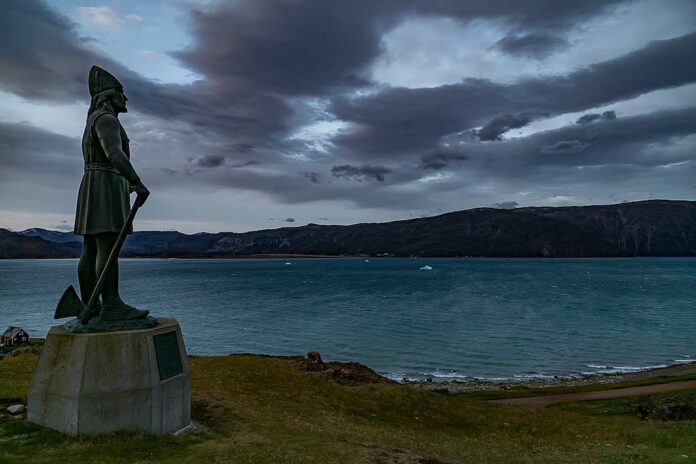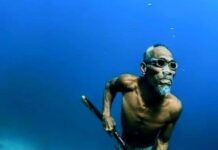Back in the old days, seafarers were the people who ventured into the sea and ocean to discover new lands. There are many famous explorers since ancient times who risked their lives sailing for months or even years. The people you are going to read about today brought a lot of changes to their people’s lives during that time. It is not just the new lands but also new food and other things that made things better. You will see some familiar names on the list below, so let’s find out more.
1Zhang Qian
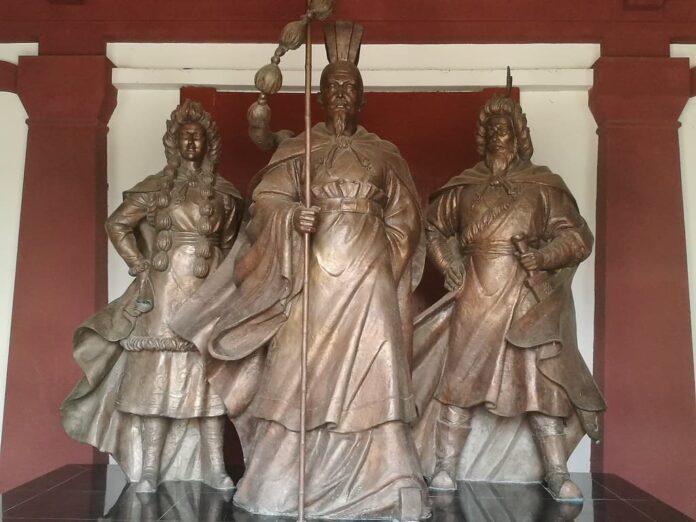
Year: 164 BC – 113 BC
During the Han Dynasty, Zhang Qian was of one the first official diplomats to bring back valuable information about Central Asia. He was known as the “Pioneer of the Silk Road” after he led more than 100 people to the western region. At that time, he opened the north-south road to the western region known as the famous Silk Road. Since then, he spread the civilization of the central plains to the western region and introduced many items from China. That was the beginning of the exchanges between the eastern and western civilizations.
Zhang Qian had a lot of difficult moments during his journey especially when he was captured by the Huns. His delegation and him were detained for 10 years as hostages before they could make an escape. After that, he obtained a great deal of knowledge about the culture, customs, geography, and people in the Western Regions. Thanks to him, the Han Dynasty was able to build good relationships with states of the Western Regions. He was also the first person to exchange diplomatic concepts between countries during his expeditions.
2Xu Fu
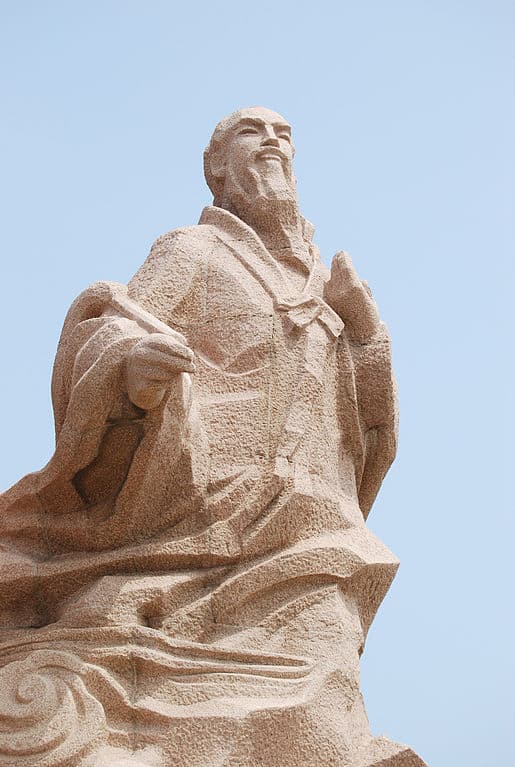
Year: 255 BC – 195 / 155 BC
Legends had it that this Chinese explorer discovered Japan when he set out in search of the elixir of life. Xu Fu was a court sorcerer in Qin Dynasty before he was sent out to the eastern seas. Qin Shi Huang, the ruler of the dynasty, feared death so he entrusted his sorcerer to find secrets of immortality. His first voyage to Mount Panglai with 3,000 virgin boys and girls. It was believed that there was a magician who was a thousand years old living there.
Xu Fu sailed for several years, but he could not find the mountain at all. When the ruler questioned him, he said there was a giant sea creature blocking the path. Therefore, he asked for archers to kill that giant creature. The ruler then sent archers to slay that giant fish so that he could set sail again which he never returned. According to the Records of the Grand Historian, Xu Fu came to a place with flat plains and wide swamps where he proclaimed himself as king.
Many documents described that he landed in Japan, and there are many memorials of him there. He even named Mount Fuji Penglai, and he introduced many new plants and techniques to ancient Japan. Local people worshipped him as the god of farming, the god of medicine, and the god of silk. Those names were given because of this attribution to the achievements in the region that he ruled. A number of memorials and temples of Xu can also be found around Japan as well.
3Herodotus
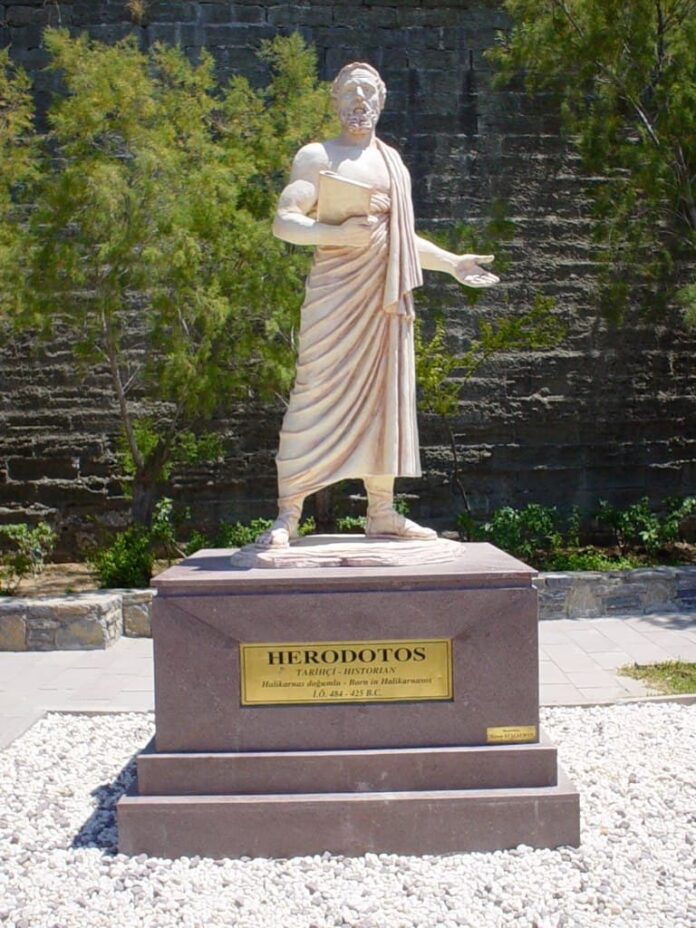
Year: 484 BC – 425 BC
Known as the Father of History, Herodotus was an ancient Greek historian who wrote the book The Histories. People believed that he was the first historian ever to ever treat historical subjects using a method of investigation. One of his best works was his writing of the Peloponnesian War in his early years. That helpful piece of writing gave Athens full credit for saving Greece from Persia during that time.
He was also a traveler who explored Near East, Middle East, and North Africa which brought more knowledge to his writing. It was believed that Herodotus was a wealthy and well-educated man; hence his opportunity to travel and explore. He was an early ethnographer and travel writer whose curiosity and interest were in the affairs of countries outside Greece. His writing described information about the customs of different peoples in various parts of the world.
Throughout his life, Herodotus made several small voyages to Sicily, Southern Italy, Thasos, the Black Sea Tyre, and even Babylon. He wrote a book every time he came back, and his largest ethnographical portion was about his travels in Egypt. From culture and food to gods and more, he wrote about them all. He was one of the most famous explorers for not only his adventures but also his writing of each journey he took.
4Saint Brendan
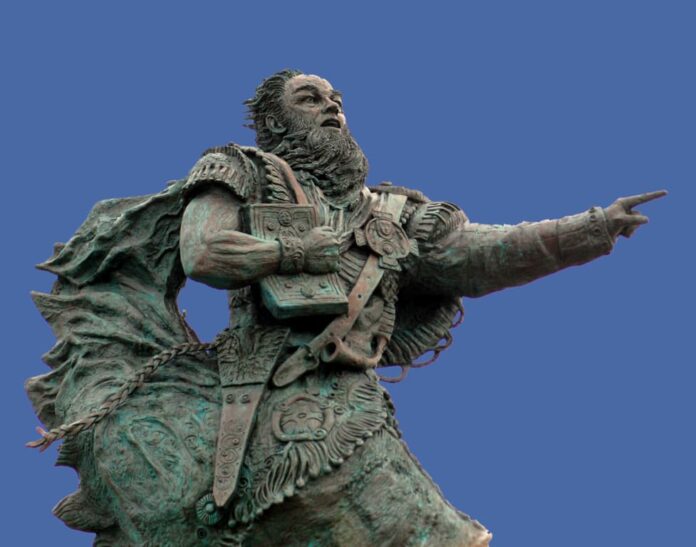
Year: 484 AD – 577 AD
Saint Brendan or Brendan the Voyager was an abbot, Celtic saint, monastic founder, and hero of the legendary voyages in the Atlantic Ocean. His tale of Journey to the Promised Land was one of the most famous stories of Western Christendom. When he was 26, he was ordained as a priest by Erc and he founded a lot of monasteries since then. After that, began his first voyage to the Aran Islands where he founded a monastery. Since then, Saint Brendan has made his voyages to many other places such as Scotland, Wales, and Brittany. He traveled for years across the open seas from one place to another before his death in 570s AD.
5Naddoddur
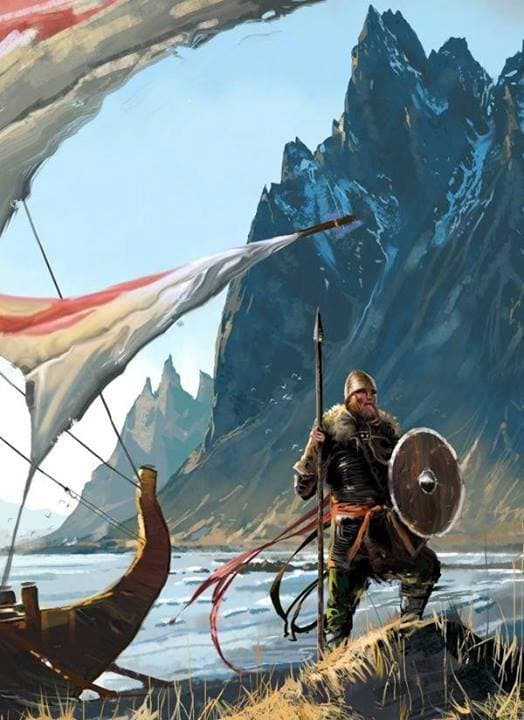
Year: 8th – 9th Century
Naddoddur was the first Norse Viking who discovered Iceland in the 9th century. Genuinely, this explorer was sailing from Norway to the Faroe Islands but the wind blew his ship off course. Instead, he and his men sailed to Iceland which was west of Norway. When he arrived, he climbed a mountain in the east part of Iceland hoping to find some signs of people. He found nothing but some snow in the mountains so he decided to call it Snaeland (Snowland).
Then he continued his journey to the Faroe Islands, and he was also one of the earliest settlers there. When he came back to Norway, he told his people about Snowland saying it was a good country. It was Hrafna-Floki Vilgeroarson who settled in Snaeland and called it Iceland after his settlement. Naddoddur never settled there, this discoverer of Iceland settled and died on the Faroe Islands in the 9th century.
6Erik The Red
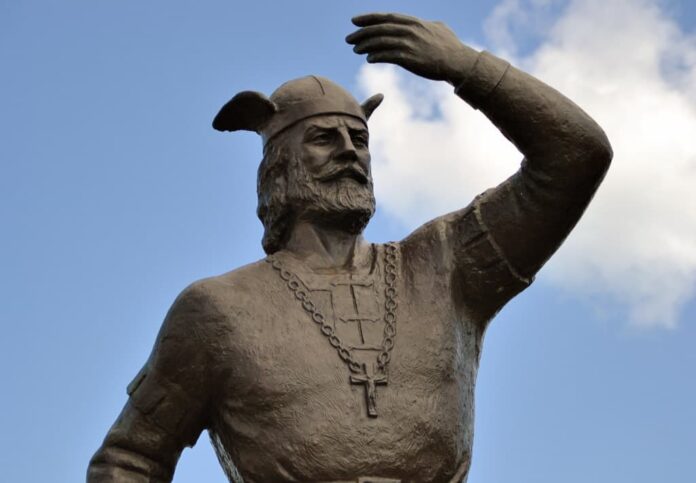
Year: 950 – 1003
Erik Thorvaldsson aka Erik the Red was a Norse explorer who discovered and settled in Greenland. Because of his red beard and hair, people called him Erik the Red instead of his surname. Erik left Norway when he was 10 years old with his father to western Iceland after an exile for manslaughter. About 20 years later, Erik himself was also exiled for the same reason so he decided to explore the west land. He began his voyage in the spring of 982 and landed on the west coast of the new country in the summer of 983.
Erik named it Grunland (Greenland) with a belief that a more appealing name can lure potential settlers. When his banishment expired, he went back to Norway and many people went with him to Greenland. There were 35 ships in total, but only 14 survived the journey to the new land or rich vegetation. After their arrival, there were two colonies which were the Eastern Settlement and the Western Settlement. There were several other small settlements in different places between these two main areas. According to the saga, there were other Norsemen who had the first sighting of the land mass before Erik the Red. However, he was the first permanent European settler who set foot on the land and lived there in 985.
7Leif Eriksson
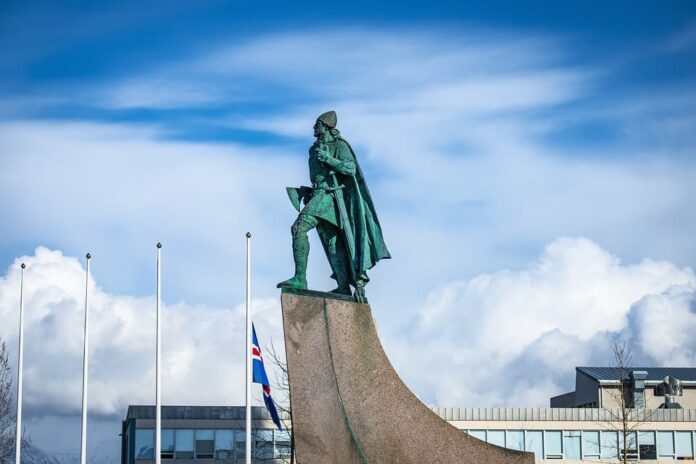
Year: 970 – 1020
Leif Eriksson was one of the most famous explorers from Iceland who was also the son of Erik the Red. Although he grew up without his father for 3 years because of the banishment, their reputation as explorers was quite similar. Following his father’s footsteps, Leif was the first European to set foot on North America 500 years before Christopher Columbus. In 1000 CE, Leif traveled to Norway where he spent the winter in the house of King Olaf Tryggvason.
The King was a Christian, and he converted Leif to the same region that winter. Then he continued the voyage to Greenland where he introduced and converted many colonies to Christianity. In the same year, he purchased a ship and set sail for new lands with a crew of 35 men. During the journey, he discovered modern-day Baffin Island, Labrador, and several other lands with flourished fruits and trees.
On his journey back, there was a shipwreck but Leif and some men survived and safely arrived in Greenland. Erik the Red welcomed him back home as a hero, hence the nickname Leif the Lucky. Leif never returned back to North America, but his brother Thorvald did, being the first to establish a settlement in North America. As for Leif the Lucky, he assumed leadership of the settlements in Greenland after his father’s death until his own passing.
8Marco Polo
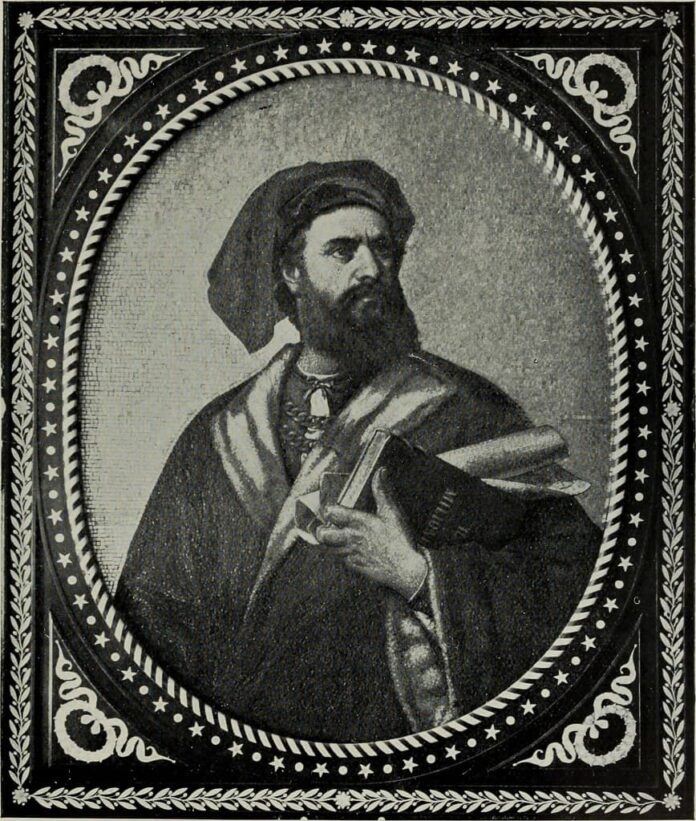
Year: 1254 – 1324
When it comes to famous explorers, Marco Polo has to be on the list. What makes Marco Polo so famous since he was not the first European to reach China and the east? The special thing about this Venetian merchant was that he spent 24 years during his trips from one place to another. On top of that, he recorded everything in detail about the journey to a different land in Asia. Marco Polo left Venice with his father when he was 17, and they traveled the Silk Road to China.
His father and uncle were merchants who often traveled to Asia to trade valuable materials when they met Kublai Khan. He was really interested in the culture and religion of where the two merchants came from. The ruler asked them to serve him as his ambassador to the west, and give them a letter to the Pope. In the letter, Kublai Khan asked for 100 priests and holy water to convert his people to Christianity. Before they could complete their mission, the Pope died in 1268 which held up their plans.
First Journey
During his first journey with his father and uncle, Marco Polo sailed through Persia, the Gobi Desert, Mongolia, and the Silk Road. The voyage took over 3 years to reach Kublai Khan’s palace where Marco’s interest in Mongol culture and customs began. By that time, Marco already knew 4 languages as he could quickly pick up the Asian language. Kublai Khan was very impressed with Marco Polo, so he also made him one of his ambassadors.
Thanks to the special permission to travel freely throughout the Mongol Empire, Marco went on many missions. He also took great note not only of the lands and people he encountered but also of the details of everything. Each time he returned, he told the ruler about everything he saw. Marco Polo served Kublai Khan for 17 years before he came back home to Venice. The book about his journeys inspired other explorers, and one of the famous explorers inspired by him was Christophe Columbus.
9Tristao Vaz Teixeira
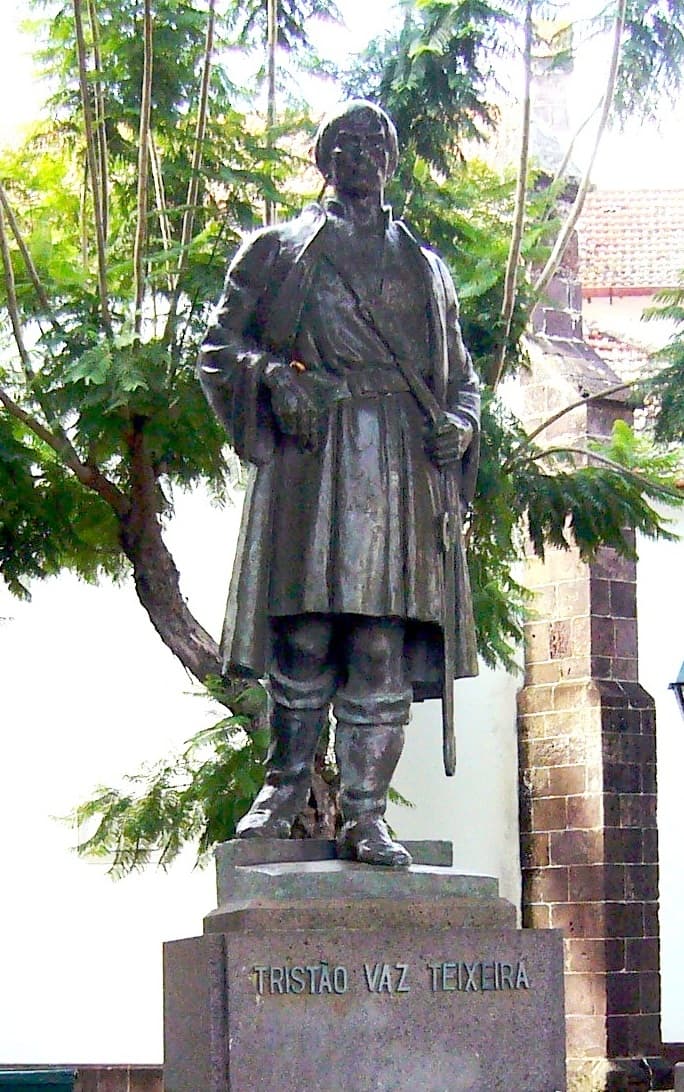
Year: 1395 – 1480
As a nobleman of Prince Henry the Navigator’s House, Tristao Vaz was also a Portuguese explorer and navigator. Together with Bartolomeu Perestrelo and Joao Goncalves Zarco, they officially discovered and settled in the archipelago of Madeira in 1419. One year prior to this amazing discovery, he was exploring the coast of Africa when the ship went off course. Thanks to that bad weather, he and his crew came upon an island called Porto Santo (Holy Harbor). Shortly after, the Prince ordered them to settle the island with his other fellow explorers.
At that time, there was a rabbit outbreak that made growing crops difficult for the new settlers. So they moved to the nearby island of Madeira which was very cultivable and hospitable. Knowing this, Prince Henry sent more settlers to colonize the island. Tristao Vaz also organized several expeditions to Africa and was banished from his jurisdiction for authority abuse. He was pardoned in 1452, and he took part in further explorations and raids along the coast of Africa throughout his life.
10Pero Vaz de Caminha
Year: 1450 – 1500
Although he was not an explorer, this Portuguese knight made an important discovery of Brazil during his journey to India. In 1500, he accompanied Pero Alvares Cabral to India as a secretary to the royal factory. A fleet of 13 ships set sail from Lisbon in March, and it made landfall on the Brazilian coast in late April. Pero Vaz De Caminha wrote the detailed official report of their discovery of Brazil. His letter described it as the foundational document of Brazilian history and what the country looked like in 1500. However, his letter disappeared until the late 18th century when it was uncovered. Unfortunately, Pero Vaz de Caminha died in a riot in Calicut, India in late 1500 after his discovery.
Related Post: Shipwrecks That Killed The Most People

